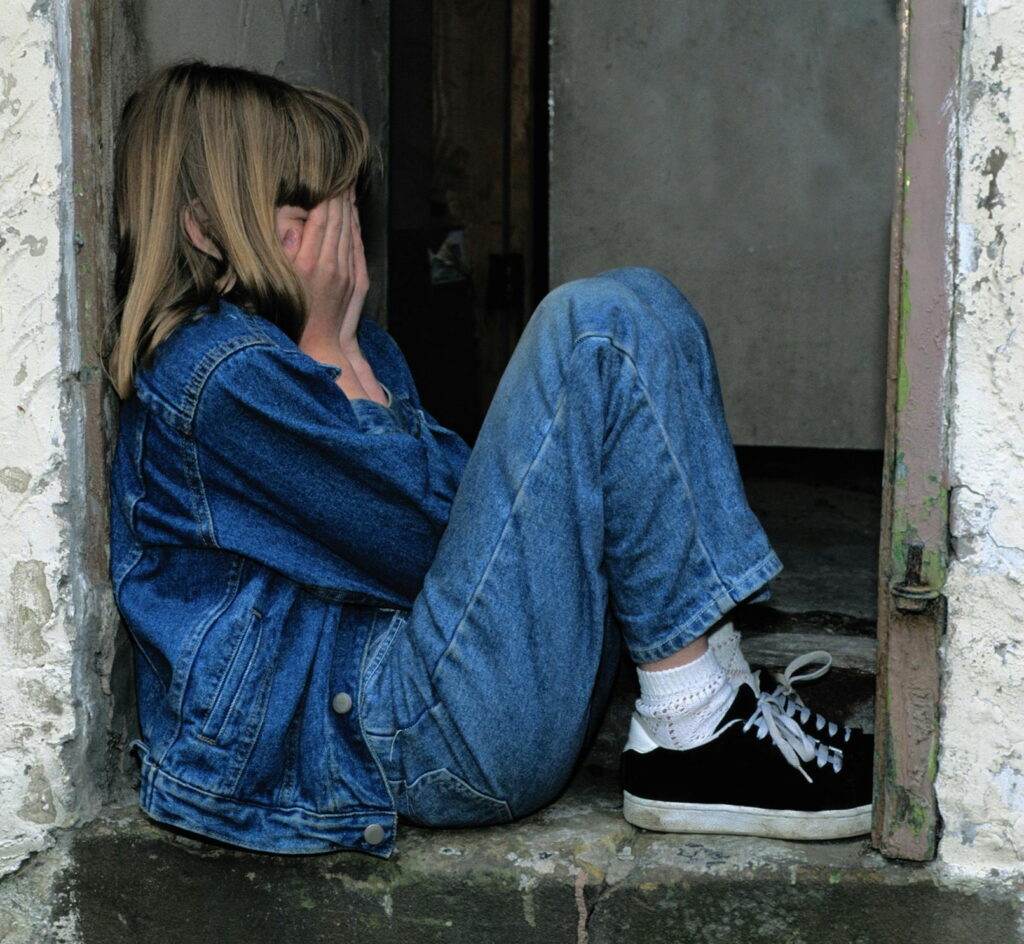Understanding Suicide Rates in British Columbia

Suicide is a complex and tragic public health issue that profoundly impacts individuals, families, and communities.
In British Columbia, understanding the patterns of suicide, who is most affected, and the most effective interventions is crucial for developing targeted prevention strategies and offering hope and healing.
This blog post delves into the statistics of suicide in BC, identifies key demographics at higher risk, explores affected communities, and highlights therapies that offer the most promise.
While suicide rates can fluctuate, data from the BC Coroners Service provides valuable insights into the scope of this issue.
Historically, British Columbia has seen rates that, while showing some decline in recent years, remain a significant concern.
For instance, in 2023, there were 639 deaths by suicide in BC, translating to approximately 12 deaths per 100,000 population.
Suicide remains the 13th leading cause of death among all Canadians and, tragically, the second leading cause of death among individuals aged 15 to 34, only behind accidents.
Who is Most Affected by Suicide in BC?
Understanding the demographics most impacted by suicide is vital for directing resources and support.
Several groups in British Columbia experience disproportionately higher rates or risk factors:
Males
Consistently, males account for a significantly higher percentage of suicide deaths. In 2023, males represented approximately 75% of suicide deaths in BC.
This trend is often attributed to societal pressures regarding emotional expression, socio-economic stressors, and a tendency to use more lethal means.
Furthermore, the stigma surrounding mental health remains a significant barrier for men. Traditional notions of masculinity often emphasize strength, self-reliance, and emotional stoicism. Men are frequently socialized to suppress emotions, avoid vulnerability, and “tough it out” rather than express distress or seek help. This can lead to a dangerous internal struggle, where feelings of depression, anxiety, or overwhelm are hidden, festering in isolation.
Admitting to mental health struggles can be perceived as a sign of weakness, leading to delays in seeking professional support or, in some cases, never seeking it at all. When men do reach out, they may be less articulate about their emotional pain, expressing it instead through anger, irritability, or substance misuse, which can be misidentified or overlooked.
Middle-Aged Adults (30-59 years)
This age group consistently shows the highest rates of suicide. The highest age-specific suicide death rate in 2018 was among those 50-59 years of age.
Middle age for men in BC (and elsewhere) often brings a unique set of challenges that can intensify feelings of stress, isolation, and hopelessness. These may include the weight of responsibility, career stress or job insecurity, and relationship strain and marital breakdown.
There is also physical health declines to struggle with, the erosion of supportive social networks, and the use of substances as coping mechanisms.
Indigenous Peoples
Indigenous communities in Canada, including British Columbia, face alarmingly high rates of suicide, often stemming from the enduring impacts of colonialism, intergenerational trauma, discrimination, poverty, and systemic inequities in access to essential services.
Suicide rates among the First Nations, Metis and Inuit populations are reported to be higher than non-indigenous communities.
It is crucial to acknowledge the diverse experiences within Indigenous communities, as suicide risk can vary significantly. Culturally safe and trauma-informed approaches are paramount for prevention.
LGBTQ2S+ Youth
Lesbian, Gay, Bisexual, Transgender, Queer, and Two-Spirit youth are at a significantly higher risk of suicidal ideation and attempts compared to their non-LGBTQ2S+ peers.
This disparity is largely driven by “minority stress” – the chronic stress resulting from stigma, discrimination, prejudice, and a lack of acceptance.
While the challenges are systemic, the community (meaning anyone from individuals and families to schools, workplaces, and broader society) has a powerful role to play in fostering an environment where LGBTQ2S+ individuals feel safe, valued, and supported, thereby reducing their risk of suicide.
Discrimination, violence, rejection, and lack of affirming care are major contributing factors. Creating inclusive and supportive environments is critical for these youth.

Individuals with Mental Illness or Substance Use Issues
Statistics indicate that 1 in 5 Canadians experience a mental illness in any given year, and by age 40, 1 in 2 have or have had a mental illness.
For many of these individuals, the presence of a mental health condition, particularly when severe, persistent, or left untreated, significantly elevates the risk of suicidal ideation and, tragically, suicide.
Addressing these co-occurring conditions is fundamental to suicide prevention.
Communities and Socioeconomic Factors
Suicide rates are not evenly distributed across British Columbia. Certain geographic areas and socioeconomic factors also play a role:
Geographic Disparities
Areas within BC show varying rates. Historically, the Interior and Northern Health Authorities have reported higher rates of suicide deaths. North Vancouver Island, Northwest, Okanagan, and Kootenay Boundary Health Services Delivery Areas have also shown higher rates.
This can be linked to factors like access to mental health services, remoteness, and socioeconomic conditions.
Socioeconomic Disadvantage
Research indicates a strong correlation between socioeconomic factors and suicide rates.
Communities with higher poverty rates, lower employment rates, and greater material and social deprivation often experience higher suicide rates. These factors can contribute to increased stress, hopelessness, and limited access to resources.
Rural and Remote Communities
These areas often face unique challenges, including limited access to healthcare, mental health services, and social support networks, which can contribute to higher suicide rates.
Effective Therapies and Interventions for Suicide Prevention
For individuals experiencing suicidal ideation, seeking professional help is a critical first step. Several therapeutic approaches have demonstrated effectiveness in reducing suicidal thoughts and behaviours:

Cognitive Behavioural Therapy (CBT)
Cognitive Behavioural Therapy (CBT) helps individuals identify and challenge negative thought patterns and develop healthier coping mechanisms. It focuses on the present and aims to change distorted thinking that contributes to feelings of hopelessness and despair.
Dialectical Behaviour Therapy (DBT)
Dialectical Behaviour Therapy (DBT) is particularly effective for individuals with chronic suicidal ideation and borderline personality disorder. It teaches skills in mindfulness, emotional regulation, distress tolerance, and interpersonal effectiveness, helping individuals manage intense emotions and impulsive behaviours.
Collaborative Assessment and Management of Suicidality (CAMS)
Collaborative Assessment and Management of Suicidality (CAMS) is a therapeutic framework that directly addresses suicidal ideation through a collaborative approach between the therapist and client. It focuses on understanding the specific drivers of suicidality and developing a comprehensive safety plan.
Safety Planning
A crucial component of suicide prevention, safety planning involves creating a personalized plan to help individuals cope with suicidal thoughts. This includes identifying warning signs, internal coping strategies, social support, and professional resources.
Supportive Counselling and Psychotherapy
Beyond specific modalities, general supportive counselling and psychotherapy such as that provided at Innova Therapy can provide a safe space for individuals to explore their feelings, process trauma, address underlying issues, and develop resilience.
A person-centered, trauma-informed, and strength-based approach is often highly beneficial.
Medication
For many individuals, medication, particularly antidepressants, can play a vital role in managing underlying mental health conditions that contribute to suicidal ideation, such as depression and anxiety.
Medication is often used in conjunction with psychotherapy for the best outcomes.
Addressing Underlying Factors
Effective prevention also involves addressing the root causes and risk factors. This includes:
- Substance Use Treatment: Integrating treatment for substance use disorders is critical, as they are often co-occurring with suicidal ideation.
- Trauma-Informed Care: Recognizing and addressing past trauma is essential, as it significantly impacts mental well-being and suicide risk.
- Building Social Support: Fostering strong social connections and reducing isolation is a protective factor against suicide.
- Promoting Mental Health Literacy: Reducing stigma around mental illness encourages help-seeking behaviour.
Having thoughts of suicide?
If you or someone you know is struggling with suicidal thoughts, immediate help is available.
Call or text 9-8-8: This is Canada’s new, bilingual, trauma-informed, and culturally appropriate suicide crisis helpline, available 24/7.
Call 1-800-SUICIDE (1-800-784-2433): This is the BC-specific crisis line for anyone with a concern about suicide.
Crisis Line Association of BC: Offers 24/7 support.
Kids Help Phone: Provides support for youth under 25 (call 1-800-668-6868 or text CONNECT to 686 868).
KUU-US Crisis Line Society: Provides 24/7 crisis support for Indigenous adults, elders, children, and youth (call 250-723-4050 or toll-free 1-800-588-8717).
Trans Lifeline: A peer support phone service run by trans people for trans and questioning people (call 1-877-330-6366).
Connect with a healthcare professional: Family physicians, psychologists, mental health nurses, counsellors, and social workers can provide assessment, support, and/or referrals.
By understanding the complexities of suicide in British Columbia and championing evidence-based interventions and support, we can work towards a future where fewer lives are lost to suicide and more individuals find hope and healing.








